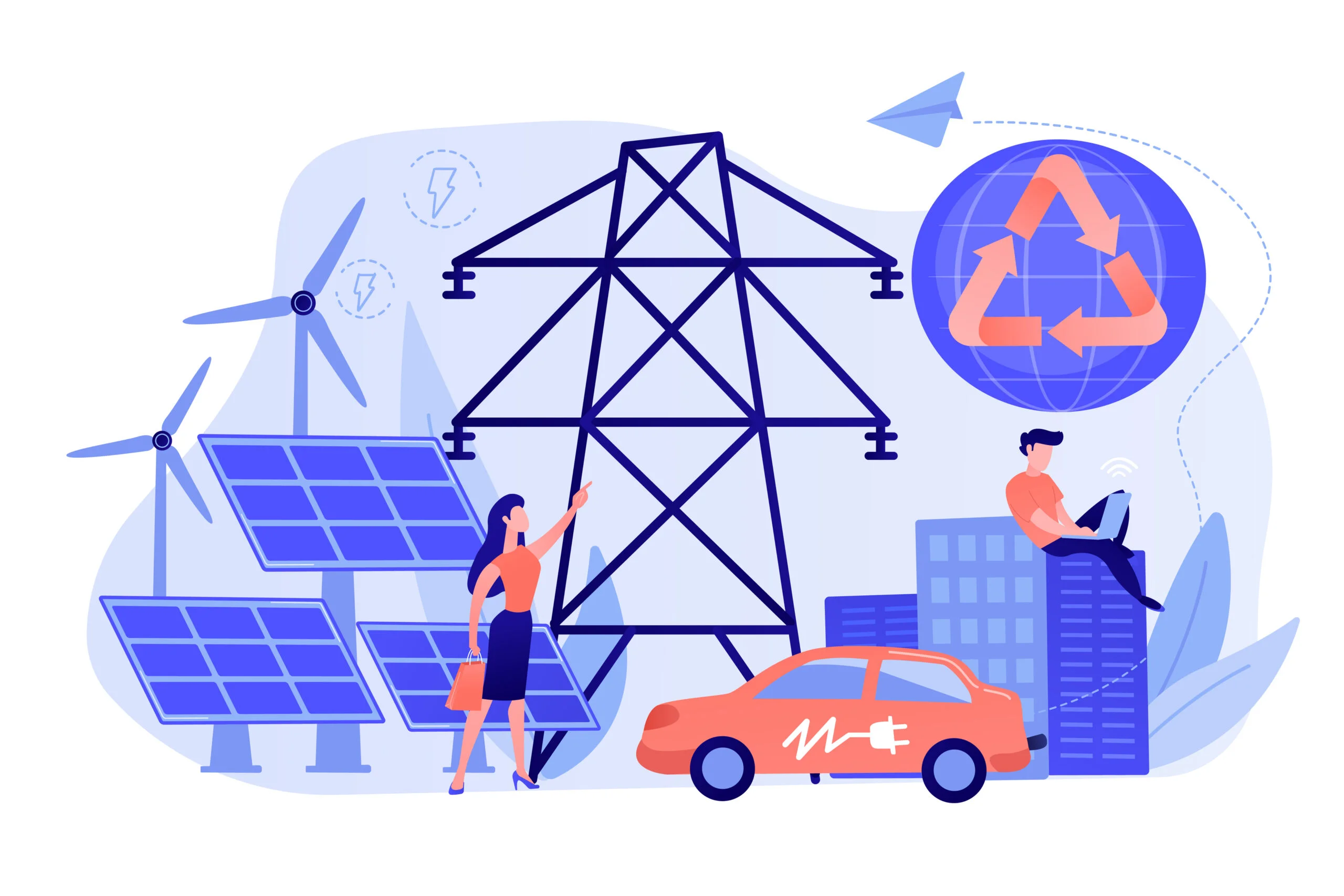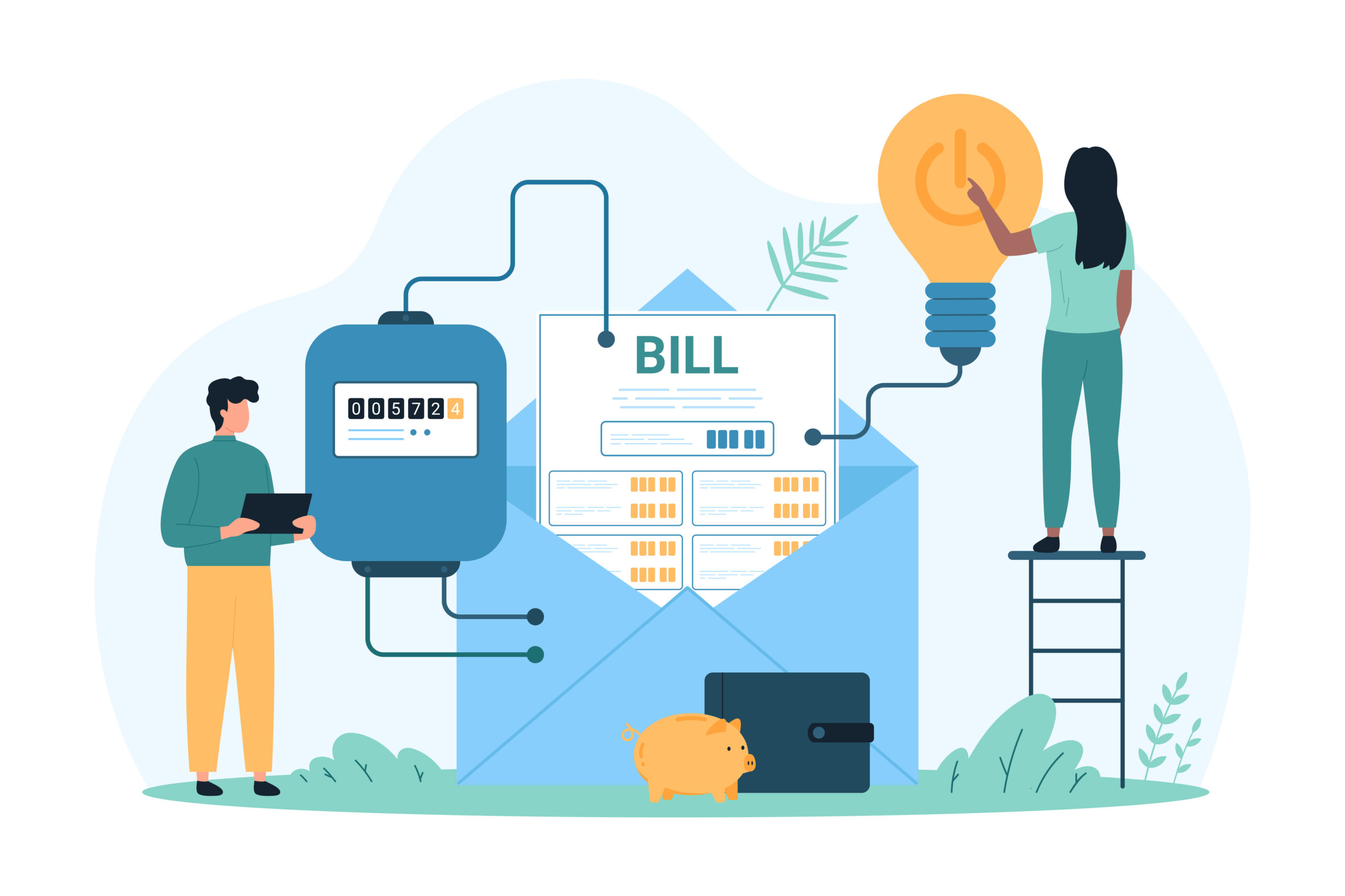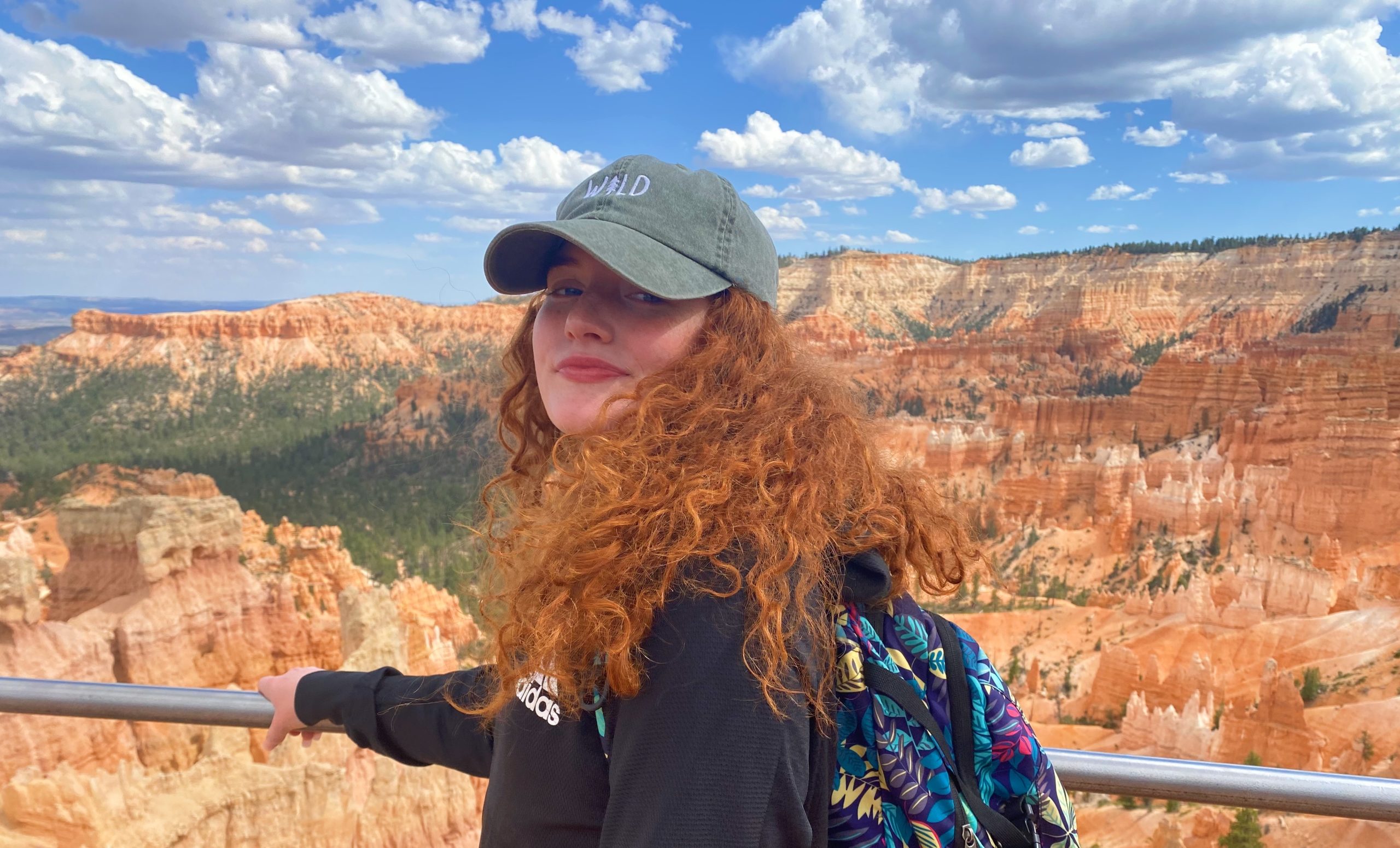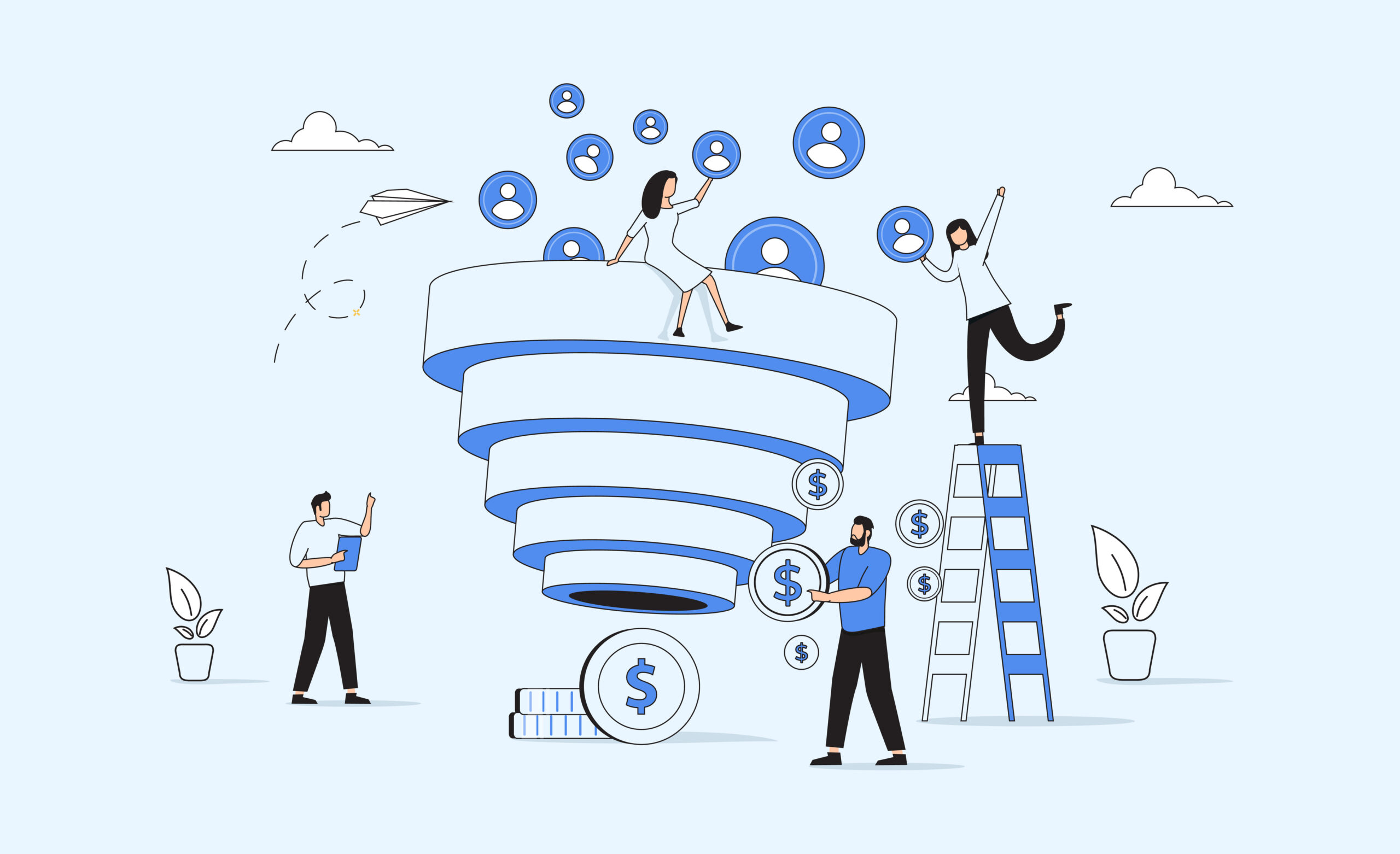From widespread electric vehicle (EV) and distributed energy resource (DER) adoptions, electrification efforts are changing the grid as we know it. Now, utility operators are challenged to meet rising demand, while providing low rates and reliable service. Fortunately, with more DERs in every community, program managers have a variety of demand flexibility options from conservation efforts like EV managed charging to virtual power plants. Time-tested demand response programs have a proven track record of mitigating heavy usage during peak demand, lowering energy costs while strengthening grid resilience. So how do you persuade participants to enroll?
Why Start A Demand Response Program
While once reserved for prosumers, distributed energy resource (DER) adoptions, which include everything from solar to electric vehicles (EVs) and beyond, have risen exponentially, creating fresh challenges and opportunities for utility operations. For example, between the years 2000 and 2022, the solar industry in the U.S. experienced an average annual growth rate of 33%, providing more than 140 gWh in annual solar capacity. Likewise, EV adoptions have exploded from 0.2% of total car sales in the U.S. to 4.6% in 2021. Both represent the widespread changes coming to the utility landscape, which upsets existing peak demand paradigms by adding further electrified needs to the grid.
In the U.S., more than 10.1m households participated in residential demand response programs in 2021, yielding 984.13 gigawatts in conserved energy. In addition to saving on energy costs and enhancing grid reliability, in an analysis of a power system in the Florida Reliability Coordinating Council (FRCC), the National Renewable Energy Laboratory (NREL) determined potential infrastructure savings ranging from $76-259 million, depending upon some variables. Still, as a non-wires alternative with a low barrier to entry, demand response programs are poised to help minimize demand when the grid needs it the most.
Demand Response Program Customer Statistics
To keep pace with demand flexibility needs, the International Energy Agency (IEA) projects that demand response and battery programs together are anticipated to meet around a quarter of all flexibility needs, jumping to 50% by 2050. According to the U.S. Energy Information Administration, in 2020 there were 9,501,250 demand response program participants. In contrast, as of 2021, there were only 6,299,226 enrolled demand response participants in the U.S., which represents a 33.7% decrease in a one-year period.
As you can see, while the U.S. demand response market is statistically successful in enhancing grid resiliency while mitigating exorbitant energy costs, program participation has waned in the last several years. This decrease in participation is worth exploring as part of an effort to reverse that trend, to better meet demand. In this case, that drop in participation is likely relative to the COVID-19 pandemic, which had an estimated decline in energy needs of 6% between 2019 and 2020, the biggest decline in demand since 2009. So why would less demand result in more demand response participation? The answer includes several variables including:
- Income – Some research indicates that lower-income households are more likely to participate in demand response to save money, provided they have the required technology to participate.
- Technological Adoption Rates – Part of the just energy transition is to ensure that these same low-moderate income (LMI) households have access to the smart technologies required to meet demand response program requirements
- Incentives – Incentives are a proven method to drive enrollment and participation and can appear as both time-of-use (TOU) rates that discourage high usage during peak demand, and/or financial incentives like device rebates, billing credits, and more.
By examining these factors, utility program managers can better encourage demand response enrollment and participation. Now, let’s look at how to use these elements in your event enrollment and messaging and why they work.
Customer Psychology 101
Before we move on, let’s pause to reflect on the psychology of customer engagement. Below is a quick list of tips to help you get started:
- Customers want a digital experience – For an increasing volume of all consumers, utility or otherwise, having quick and easy access to an online portal is a proven method to help boost engagement.
- Your customers want to feel seen, heard, and understood – According to a recent report, 70% of customers seek a personalized experience. People want to feel like you’re meeting them where they are.
- Customers want clean energy – That’s right, a growing number of utility customers are interested in investing in clean energy, and they’re willing to pay more to achieve that goal; as a conservation method, demand response helps achieve this objective.
- Your customers want to feel like they have a choice – In 2021,
Because utilities are natural monopolies, customers are limited in choice, but their expectations remain similar to other industries. For example, in 2021 two incidents highlighted this need by illustrating two opposite strategies that led to two very different outcomes.
On one sweltering August day, Colorado residents discovered they were locked out of their own smart thermostats, as part of a mandatory demand response. By contrast, California utilities took the opposite approach by sending out widespread communications that without the deployment of demand response, customers might expect outages. As you might expect, the customers given the choice were far more receptive to participation than those who were denied that opportunity; by denying customers the opportunity to choose, utilities face the distinct possibility of discouraging future participation in any demand flexibility initiative.
Messaging Solutions
Suppose your utility has committed to a launching demand response program pilot, or, hopefully, that your utility has a need to scale your demand response pilot. The first step is to create an enrollment and participation hub like a messaging center, which could include marketing materials like:
-
A web page – Launching a program landing page is no small task, but has proven beneficial as an entry point for potential program participants.
-
A customer portal – While similar to a utility program landing page, which is hosted on the utility web server, a customer portal is typically operated by a third-party vendor.
-
SMS texting – To put this as simply as possible, texting increases customer engagement and has the potential to lower overall costs
-
Mailers – It’s easy to write off physical mail in an increasingly digital world, but research indicates that employing this as one in a series of multichannel approaches can drive customer engagement by up to 92%.
There are a number of messaging solutions that may prove useful in engaging customers and enhancing demand response program enrollment and, later, participation. Let’s look now at the types of messaging that have proven successful in driving demand response program enrollment and participation.
Enrollment
With attention spans short, begin your enrollment form with a brief synopsis of the benefits of enrollment by enumerating how this helps the customer through incentives and savings, and the community at large. Remember: keep anything you write short and sweet. For the form itself, consider the following basic fields:
- Full Name
- Address
- Device Type (To ensure that you have the right equipment for participation)
- Date
Make sure to craft two follow-up responses to go out through your preferred marketing channels that alert customers to the outcome of their enrollment. Remember to use gentle, friendly language, especially if there are any grounds for denial into your demand response program. If possible, consider creating a secondary page to serve as an FAQ page, in case any customer wants to learn more about how they can qualify if they currently do not.
Event Messages
People often receive messages that set behavioral restrictions that either discourage usage or encourage specific outcomes. In general, always send positive messages to your customers. These could include messages about the end of the peak season, explaining program results, or even something as simple as a “Happy Holidays” message. You can change the messaging strategy in general and indicate peak days and good days for the customer on a daily basis, educating them on the need for demand flexibility. These messages can appear on your website, social media platform, in your text, or in outbound mail (both physical and email).
For specific events, explain in the most accessible, most direct language possible. If you have forecasting data, you might include that in your messaging to help illustrate the need for deploying a demand response event. In turn, you can use that to show what might happen without any action (higher rates, decreased energy security). Likewise, make sure your event messaging clearly explains if a customer declines to participate, or what, if any, penalties there may be if they opt out too early during an event. Again, keep your language pleasant and concise, but always as transparent as possible to help build and strengthen customer relationships.
Incentives & Messaging
Utility program managers can create templated responses for incentive messaging. These messages can and should remain simple and easy to read, focusing on explaining the outcomes of participation. Make sure to include information about the following potential topics:
- Incentives for enrollment message – these are the messages that appear upon initial enrollment into a program
- Incentive for performance message – This messaging alerts program participants if they qualified based on their participation
- End-of-program/season incentive performance message – this type of message would show customers their total savings per demand response season
- Unsuccessful participation message – As you might guess, this message is used for customers who are enrolled but did not participate in a demand response event.
Automated Alerts
A secondary form of customer engagement, automated alerts cover general subjects for your demand response program. Types of automated alerts include notices to customers if a device is offline (and thus unable to participate in an event) or for campaign messages that may impact or benefit everyone enrolled. Consider a customer engagement solution that offers templates to help automate and simplify this type of messaging.
Messaging for DR Programs Conclusion
Along with transparency in information, energy security, and affordable rates, customers want easy, multi-channel engagement from utilities. Likewise, demand response programs are a tried and true method of conservation that has a demonstrable impact on reducing energy costs, while improving grid resiliency. By keeping your customer engagement polite, educational, and simple, utility program managers have the opportunity to increase revenue, build community rapport, and so much more.






